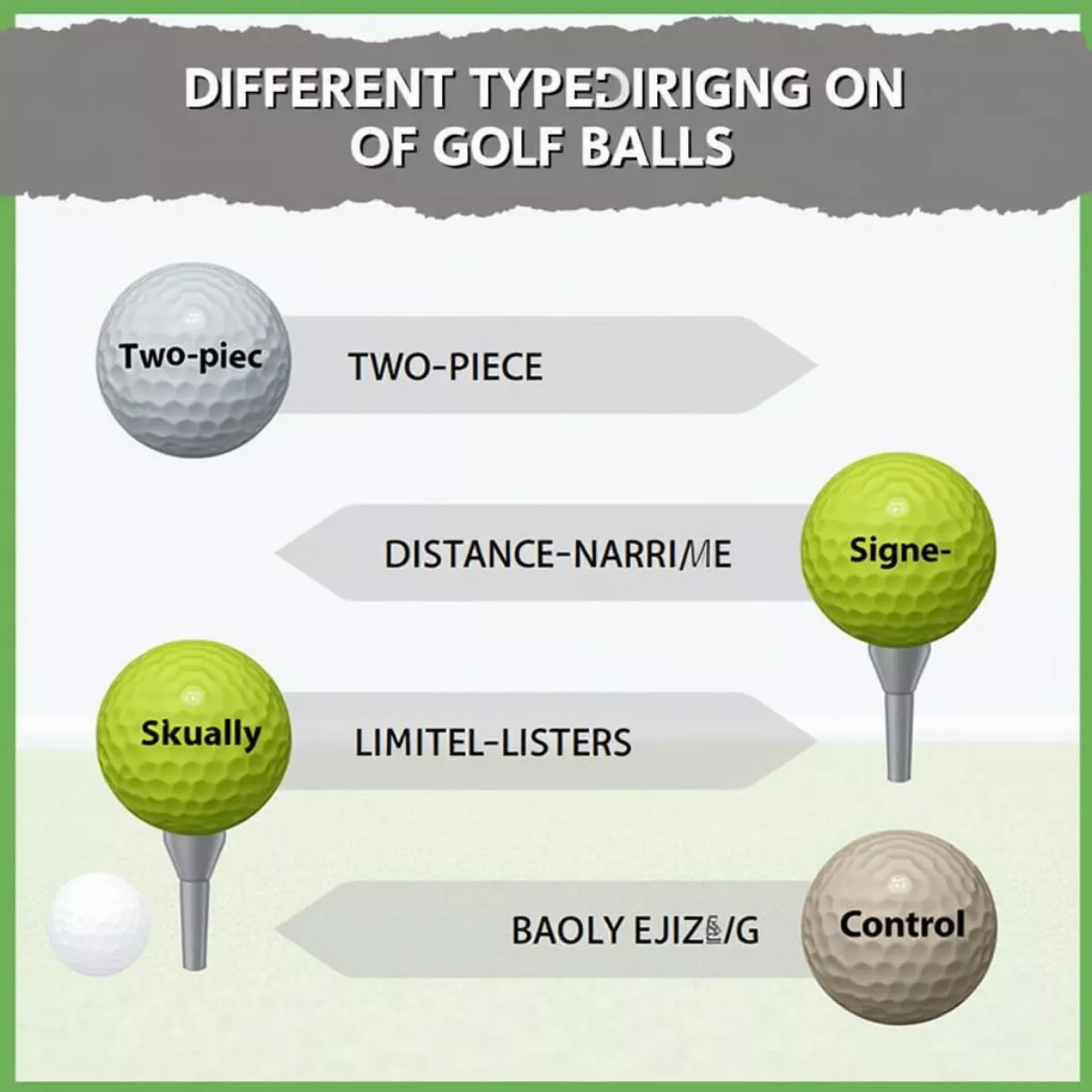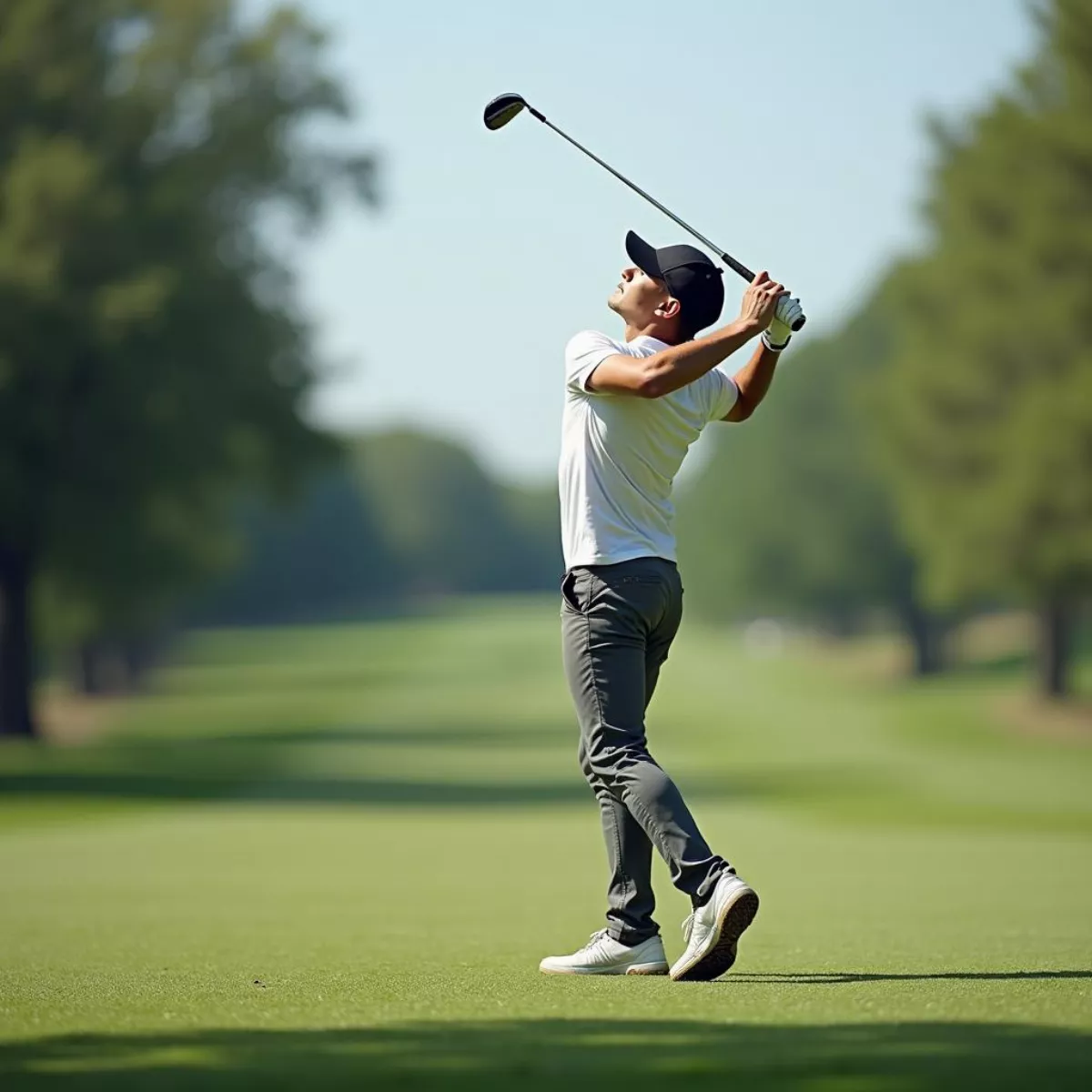When stepping onto the golf course, one question often looms large in the minds of players, from amateurs to seasoned pros: How far does a 6 iron go? Knowing the distance each club can cover is essential for planning your shots, making strategic decisions, and ultimately improving your game. In this guide, we’ll break down everything you need to know about hitting a 6 iron, the various factors that influence its distance, and tips to maximize your performance.
What Should You Expect?
A 6 iron is a versatile club in most golfers’ bags. Typically, average male golfers hit it between 150 to 180 yards, while average female golfers range from 120 to 150 yards. These distances can vary significantly based on several factors, including:
- Swing Speed
- Contact Quality
- Club Specifications
- Weather Conditions
- Type of Golf Ball Used
Average Distances by Skill Level
| Skill Level | Average Distance (Male) | Average Distance (Female) |
|---|---|---|
| Beginner | 120 – 150 yards | 80 – 100 yards |
| Intermediate | 150 – 170 yards | 110 – 130 yards |
| Advanced | 170 – 190 yards | 130 – 150 yards |
Factors Affecting the Distance of a 6 Iron
1. Swing Speed
Your swing speed is one of the most significant factors impacting how far you can hit a 6 iron. Faster swing speeds translate to greater clubhead speed, which leads to increased distance. The average male golfer swings at about 90 miles per hour (mph), while the average female golfer swings at about 70 mph.
2. Contact Quality
Contact quality refers to how solidly you hit the ball. Hitting the ball on the sweet spot of the clubface can significantly increase your distance. Off-center hits can result in decreased distance and accuracy. This is often referred to as the “grooved shot.” Focus on hitting with clean contact for optimal results.
 Golf Swing Contact Point
Golf Swing Contact Point
3. Club Specifications
The loft of the club and its shaft length also play essential roles in determining distance. A standard 6 iron typically has around 28 degrees of loft. As the loft increases, the ball will launch higher but travel shorter distances. Custom fitting can be invaluable in optimizing your club specifications for your unique swing.
4. Weather Conditions
Weather can dramatically affect distance. Here are a few key components:
- Wind: A strong headwind will reduce the distance, while a tailwind can increase it.
- Temperature: Warmer air is less dense, which can help the ball travel further. Cooler, denser air restricts distance.
- Humidity: Higher humidity can also reduce air density and allow the ball to travel slightly farther.
5. Type of Golf Ball Used
Not all golf balls are created equal. Performance golf balls designed for distance or control can impact how far you hit the ball. For example, a two-piece ball typically travels farther than a multi-layer ball due to its lower spin rates.
 Types of Golf Balls
Types of Golf Balls
Tips for Hitting Your 6 Iron Further
If you’re looking to get more distance out of your 6 iron, consider these pro tips:
- Focus on Your Grip: A proper grip can significantly impact your club control. Aim for a neutral grip that promotes a natural swing path.
- Optimize Your Stance: Ensure your feet are shoulder-width apart, and that you maintain a balanced posture during your swing.
- Practice Consistency: Regular practice helps build muscle memory, enhancing your swing mechanics. Consider dedicating time on the range to focus solely on your 6 iron.
- Use Video Analysis: Recording your swing can help identify areas where you can improve and gain insights into your swing path and contact point.
Visualization Exercise
Imagine yourself standing on the tee box, visualizing a smooth swing. Picture the ball soaring through the air, hitting the sweet spot, and landing softly on the green. This mental practice can help prepare you for actual gameplay.
 Golfer Visualizing Shot
Golfer Visualizing Shot
Key Takeaways
- Average Distance for a 6 iron varies by skill level: 150-180 yards for men and 120-150 yards for women.
- Swing speed, quality of contact, club specifications, weather, and type of golf ball are significant factors that affect the distance.
- Regular practice and focused technique adjustments can lead to increased distance and improved accuracy.
Frequently Asked Questions (FAQ)
Q1: What is the average distance a 6 iron can hit?
A: Most average male golfers hit between 150 to 180 yards, while female golfers hit between 120 to 150 yards.
Q2: How can I improve my distance with a 6 iron?
A: Focus on optimizing your grip, stance, and swing mechanics. Regular practice and improvements in contact quality can yield better results.
Q3: Does weather affect how far I can hit a 6 iron?
A: Yes, wind, temperature, and humidity can significantly influence the distance the ball travels.
Q4: Is the type of golf ball important for distance?
A: Absolutely! Performance golf balls designed for distance may help you achieve better yardage compared to basic or low-compression balls.
Q5: What is the best way to measure my distance with a 6 iron?
A: Use a laser rangefinder or GPS device on the course, or visit a launch monitor for accurate measurements in a controlled environment.
Q6: Should I consider custom fitting for my 6 iron?
A: If you’re serious about improving your game, custom fitting can help tailor your clubs to your specific swing characteristics, ultimately leading to better performance.
Q7: How can I practice hitting my 6 iron more effectively?
A: Devote sessions on the driving range to hitting solely your 6 iron. Focus on consistency and making adjustments based on feedback from your swing.
Q8: Can a beginner expect to hit the same distance as an advanced golfer?
A: No, beginners typically hit with less distance due to less swing speed and inconsistent contact. As skills improve, distances will increase.
Understanding how far a 6 iron goes is essential for any golfer aiming to improve their game. With the right techniques, practice, and equipment, you can increase your distance and elevate your golf performance to the next level. Happy golfing!